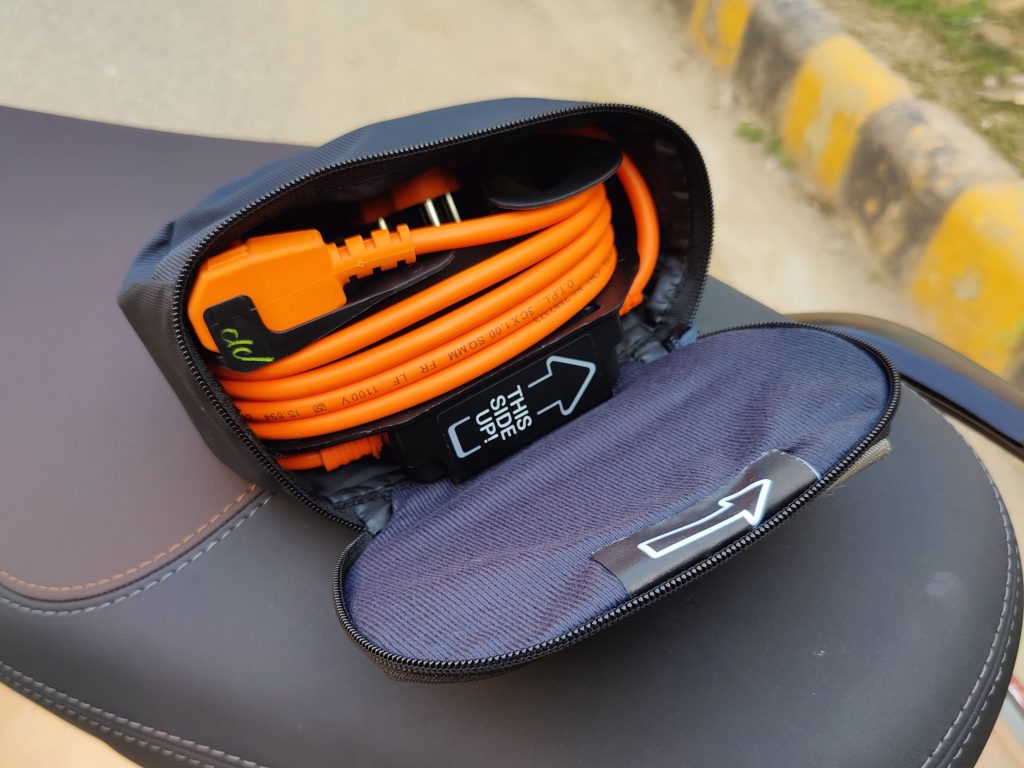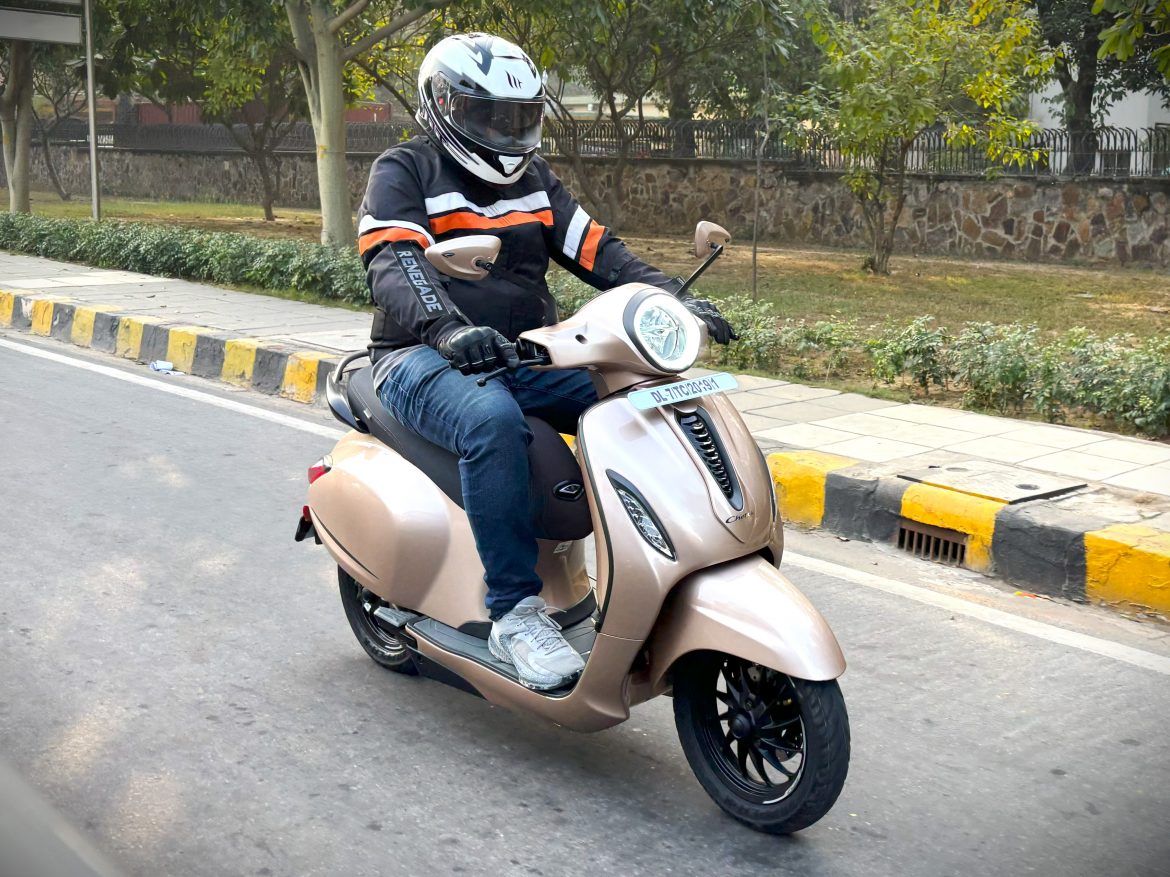At the start of this year, Bajaj gave its debut electric offering, the Chetak, a shot in the arm by introducing some significant hardware and feature updates. We got to test the fully loaded top variant in mixed conditions, ranging from some tight lanes to a few medium-speed city roads. Here’s what we could make of it after a few hours of riding.
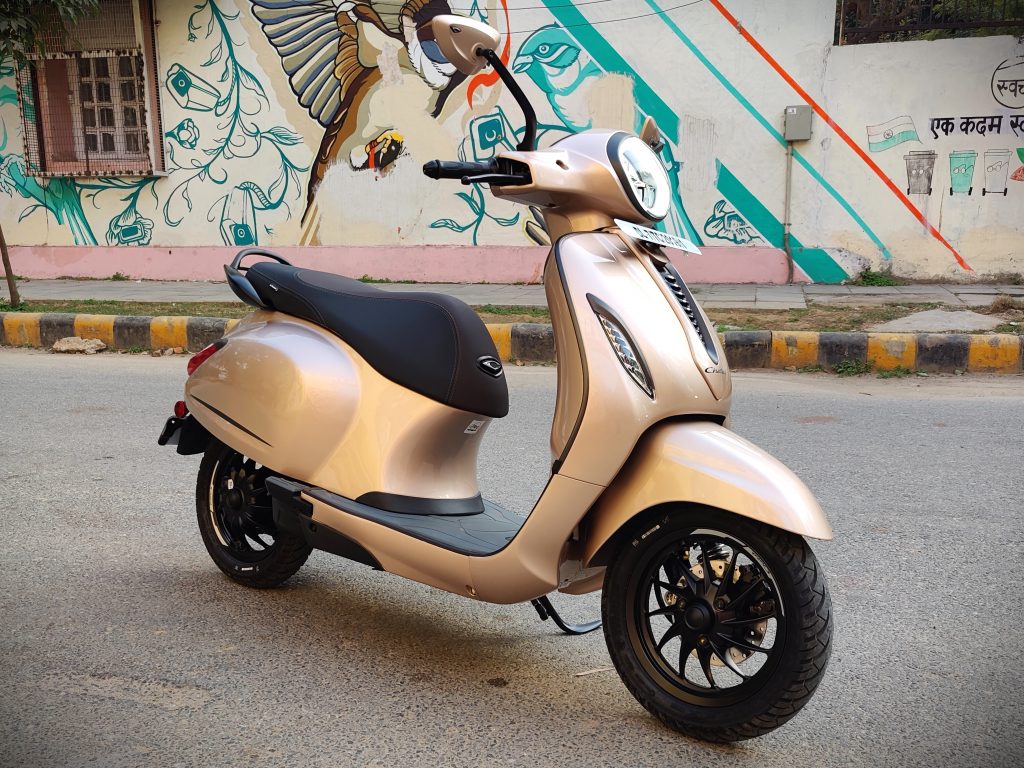
EVs, in general, are designed to look different from their ICE counterparts. But in the process, at least until a few years ago, Indian designers went a bit overboard with the idea, and the resulting EVs looked really outlandish. The same applied to electric two-wheelers as well. Take the early Hero Electric models, for example. The Chetak, perhaps, was the only exception of its time. Its new electric avatar debuted in 2019, and its styling is best described in one word – fantastic! In my opinion, it’s one of the best-looking e-scooters on sale in India. Instead of looking like a zany creation straight out of a video game, the Chetak looked and continues to look simple, charming, and elegant. It’s a great example which proves that an EV can look just as attractive without the ludicrous treatment. For me, a big part of its appeal also stems from the fact that it is as retro as a new scooter can be. And Bajaj has done a pretty good job of preserving the essence of the original with the new one. For example, if you look closely at the headlamp and the side body, they are a stark reminder of the original Chetak.
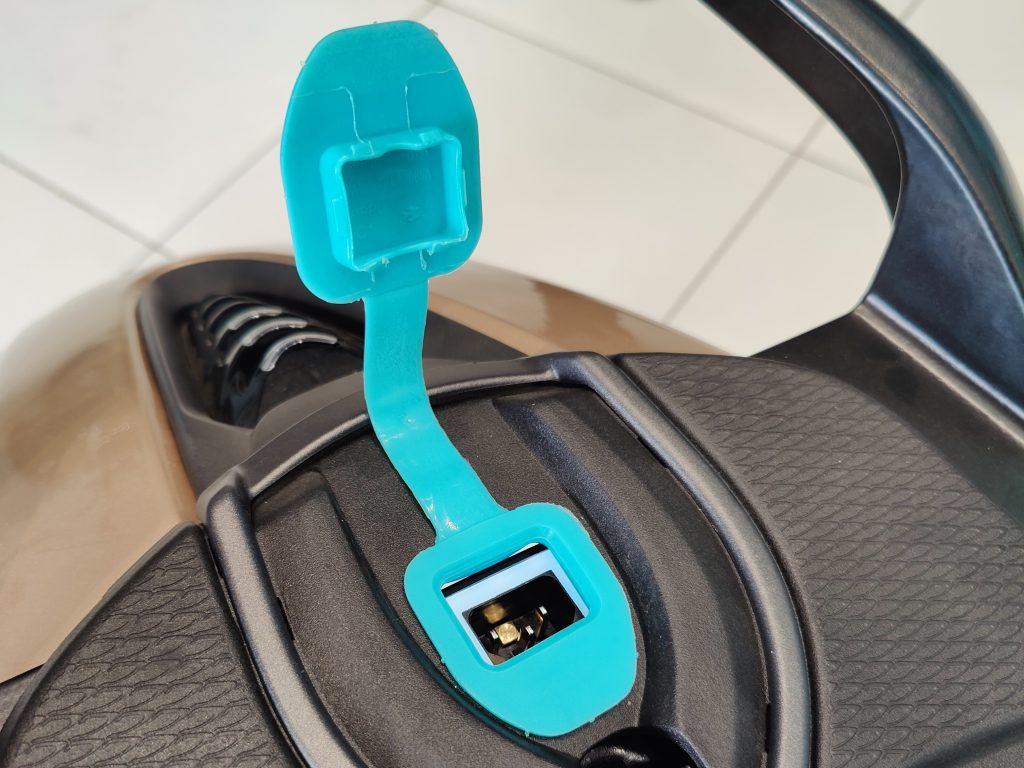
And it’s not just styling where the Chetak scores big. Barring a few exceptions, the overall build quality also feels solid. It is also because the Chetak comes with a steel body, so there’s limited plastic use. Coming to the exceptions, there are a few spots where cost-cutting is evident and it’s been done as clumsily as possible. For example, the rubber/silicon cover of the charging port located under the seat looks like it’s been cut out from the mould by someone new to the concept of fingers! The other letdown is the front glove box’s lid, which feels as flimsy as a Styrofoam plate. In a product that’s largely impressive in terms of how it’s built, these kinds of oversights are a bit disappointing. However, not all plastic parts feel the same – the Chetak’s backlit switchgear deserves a special mention for how it looks and feels – quite premium.
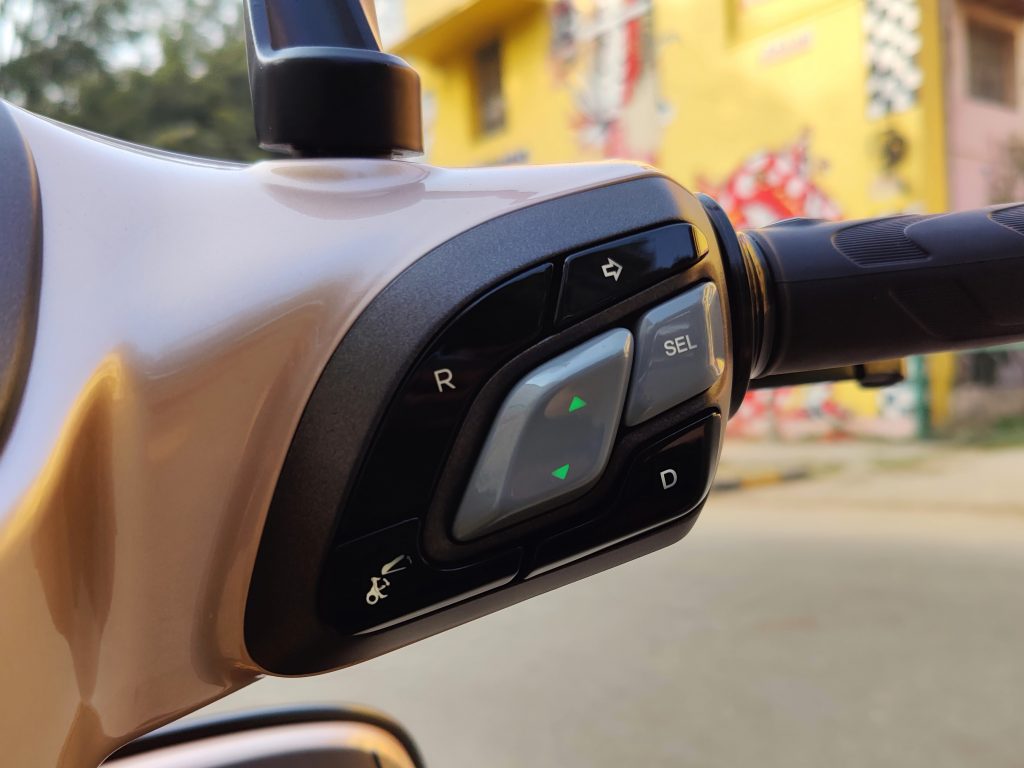
The Chetak line-up offers two versions – the lower-spec Urbane and the range-topping Premium. In the latest round of updates, Bajaj also introduced a new ‘TecPac’ that adds additional features. By paying an extra Rs 9,000, the TecPac can be purchased for either variant. For our test, we got the Chetak Premium with the TecPac, so we had access to features like hill-hold, sequential turn-indicator blinkers, a coloured five-inch TFT display, and numerous connected features like music play/pause, notification alerts on the TFT screen, multiple display themes, turn-by-turn navigation, and trip data/analytics. The TecPac also adds a Sport mode alongside the standard Eco mode, which, as the name suggests, crisps up the power delivery.
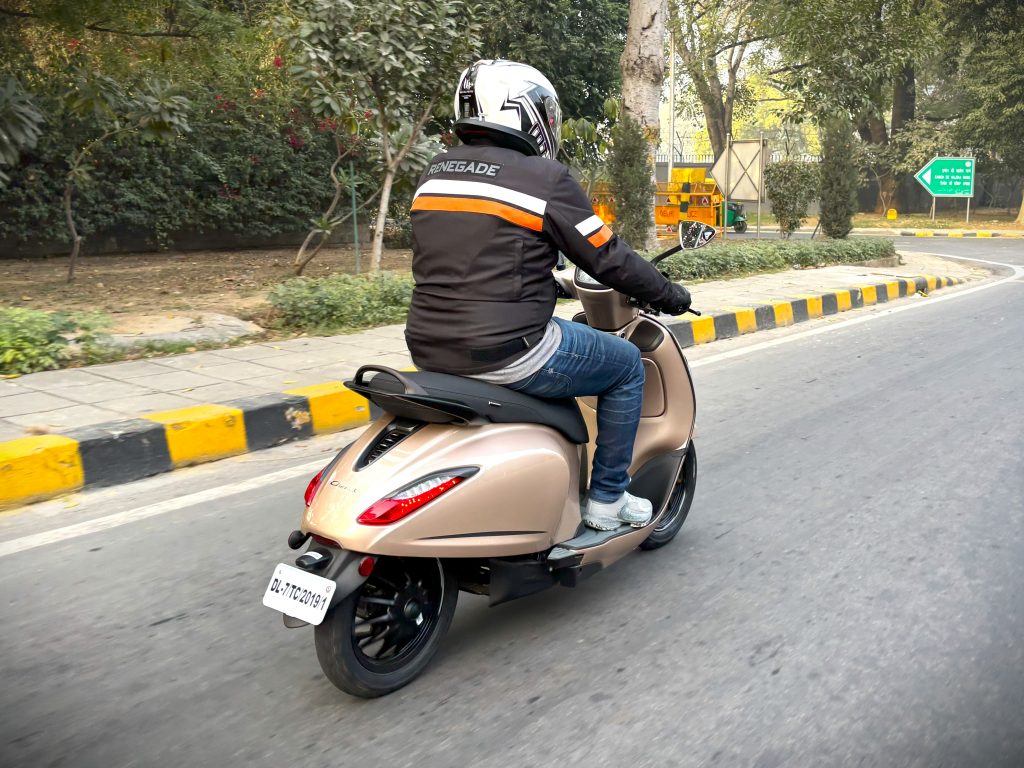
One of the biggest improvements on the 2024 Chetak Premium is the introduction of a larger 3.2kWh lithium-ion battery pack (up from 2.8kWh). The new battery enables a longer riding range of 126km (IDC figure in Eco Mode) but it also takes longer to charge now, with the full charging time estimated to be around four hours and 30 minutes – an increase of about half an hour.
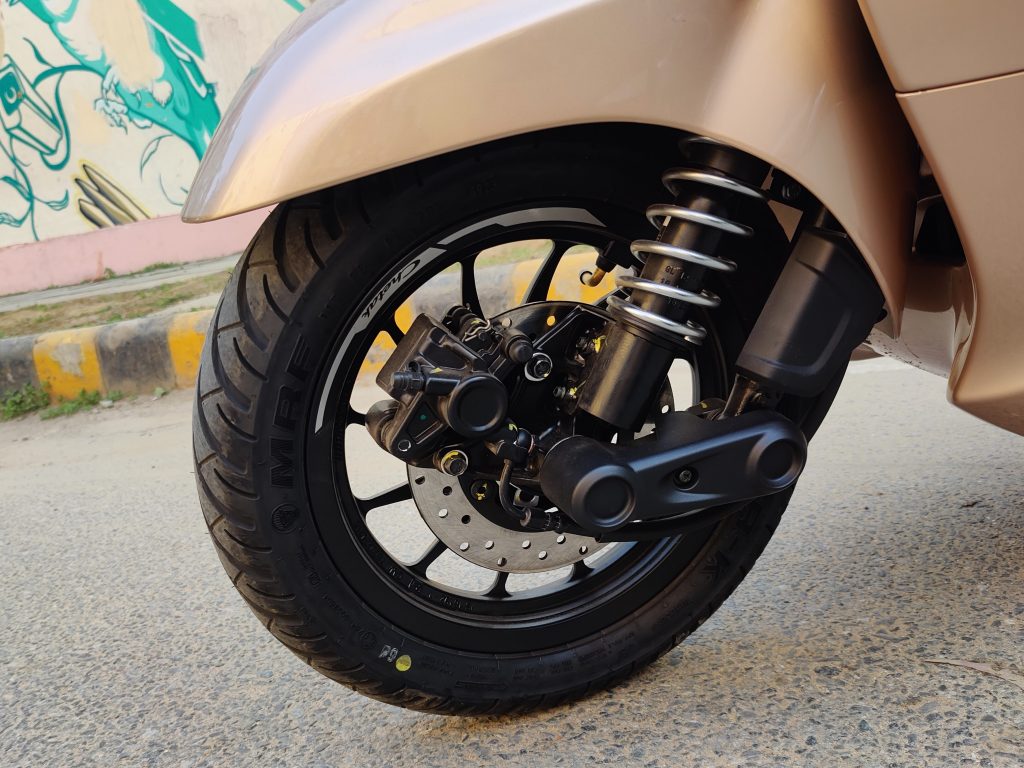
As for the performance, it’s not a zippy scooter by any means. Instead, the Chetak is meant for relaxed city riding, which is also highlighted by its claimed top speed of 73km/h. However, even with a heavy rider like me pushing it to the limit, the Chetak topped out at 77km/h. It means a lightweight rider can easily squeeze out a top speed of 80+km/h. But no matter how hard you twist the throttle, the Chetak accelerates in a very sedate manner, even in Sport mode. Despite the fairly low top speed, the Chetak feels quick enough for everyday riding, and what it loses in outright performance, it more than makes up for with its comfort and ride quality. The suspension works well to absorb even the nastiest of bumps, especially the leading link setup at the front, the scooter feels planted and easy to handle at any speed, and even at its peak performance, the three-phase PMSM motor remains surprisingly inaudible, which makes the ride experience much more refined. Overall, riding the Chetak is a pleasant experience, and it’s a great pick for those who prioritise comfort and refinement over anything else.
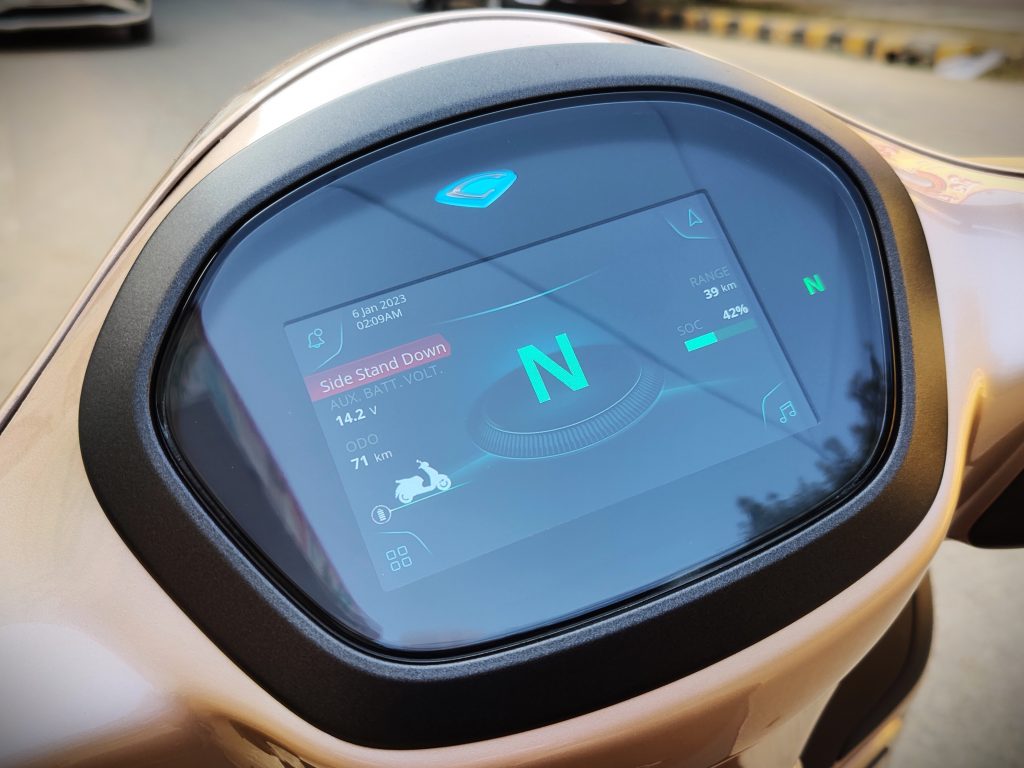
In terms of the ergonomics, the Chetak is quite hard to fault. The seat is wide and soft enough to provide ample support and a neutral riding posture. A well-sized footboard ensures enough space for even large-footed riders to place their feet comfortably, even for long durations. The TFT screen is bright enough to be readable even in peak daylight, and all the switches are also positioned appropriately for easy, fuss-free usage.
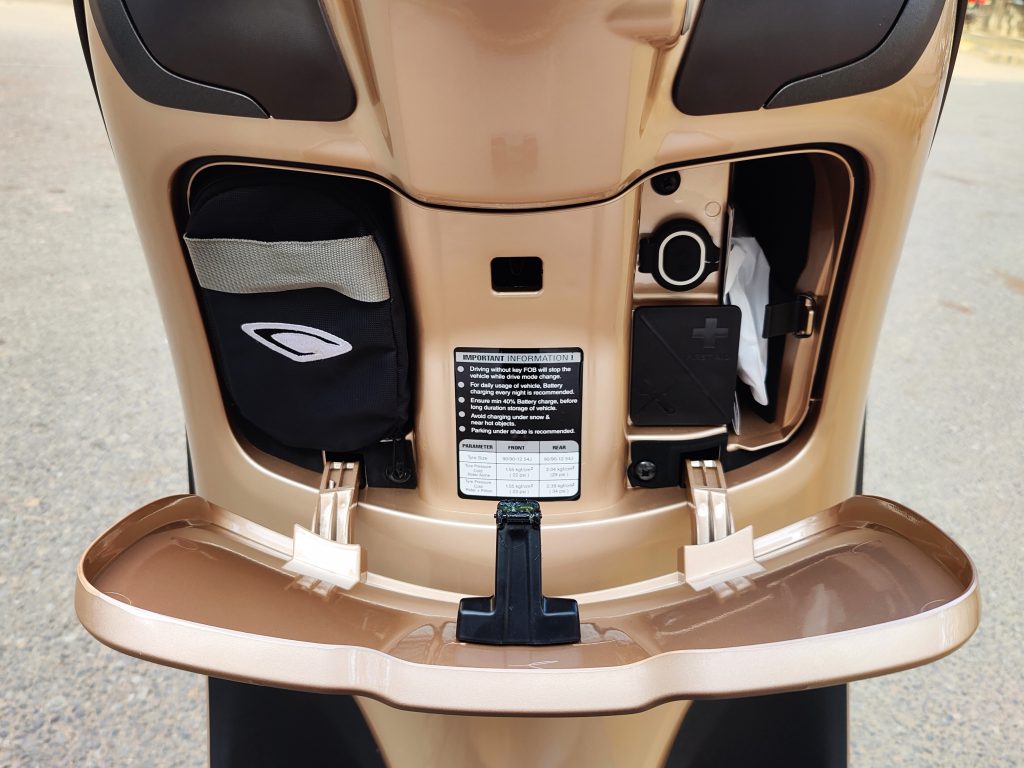
Places where there is still some scope for improvement are its under-seat (21-litre) and front storage (5.5-litre). The former, though it offers a flat bottom, is only big enough to store an open-face helmet (the seat will not close with a full-face helmet stored), and the latter remains largely occupied by the charging cord and first-aid kit.
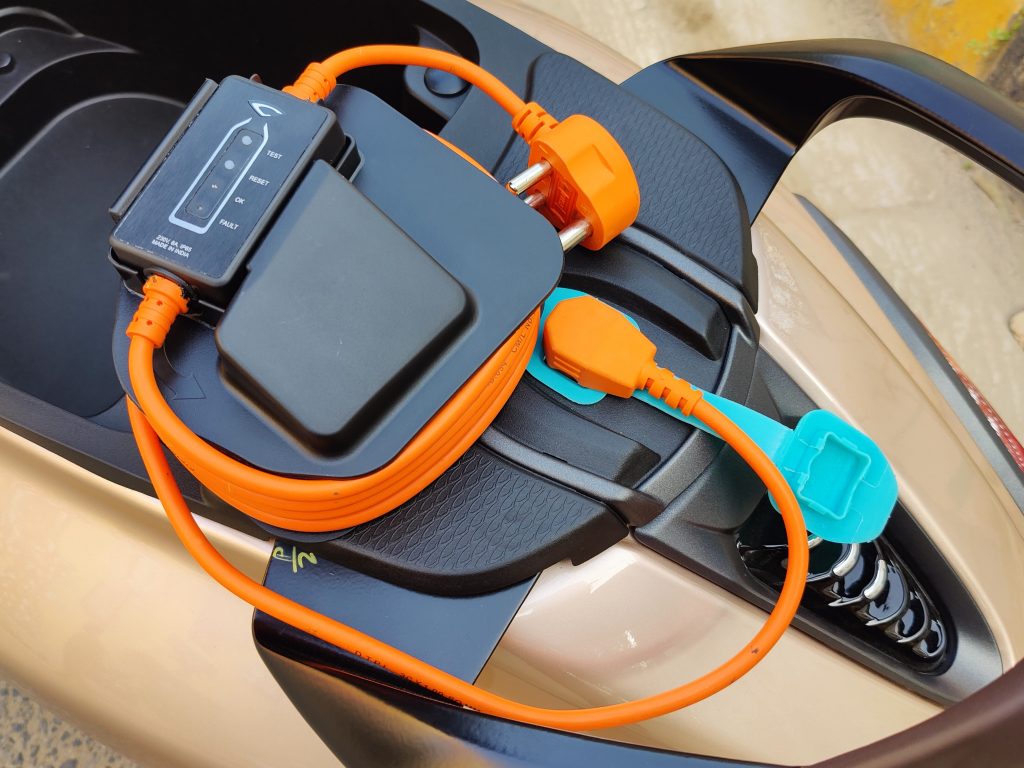
At INR 1.47 lakh ex-showroom (excluding the TecPac), the Chetak Premium makes a pretty good case for itself, considering that it looks great and is also the only e-scooter in India that comes with an on-board charger. The latter means that it can be charged anywhere using a regular power outlet and its compact charging cord – the latter fits neatly into a small pouch and has a dedicated storage spot in the front binnacle. And if you add the TecPac, you also get some useful extra features for a nominal amount. So, it may not be the most advanced or the quickest electric scooter out there, but for how it delivers its experience, it’s a formidable player in the respective price bracket.
